In 2025, ecommerce is like a rocket—so quick you blink and miss something fresh! You purchase from your couch; groceries arrive before your coffee cools; even your grandmother mentions Amazon sales. Crazy, right? Companies like Walmart, Alibaba, and Shopify create simple, perhaps addicting products rather than merely goods. Technology is also doing crazy things: drones delivering goods, artificial intelligence guessing what you want—sometimes a little too well—and worldwide reach allowing you to purchase sushi from Japan while lounging in Texas. Plerdy tools enable these companies increase sales—yes, click and heatmap analysis isn’t attractive, but for websites it works like magic. This post will show how twenty leading ecommerce companies are killing it, keeping customers content, and making money. Now ready? Let’s start—almost certainly, it’s more interesting than browsing memes.
Top 20 Ecommerce Companies Overview
1. Amazon

Amazon rules ecommerce; open your phone and you will find it. The company spiraled even more in 2025. They dropped goods at your door in less than thirty minutes, expanding drone delivery. Sounds like a movie scene, really. Amazon Prime? With more than 250 million users globally, this ecommerce corporation is clearly really large. Their product line is weird; you need either a kayak or toothpaste. One has both. Their AI-driven personalizing also suggests items you never knew you would like. Just a little eerie, but it works. Investing billions in quicker shipment, the massive ecommerce constructed automated facilities all over. Jeff Bezos retreated, yet Amazon’s income still runs in billions. For you, that is worldwide domination!
2. Alibaba
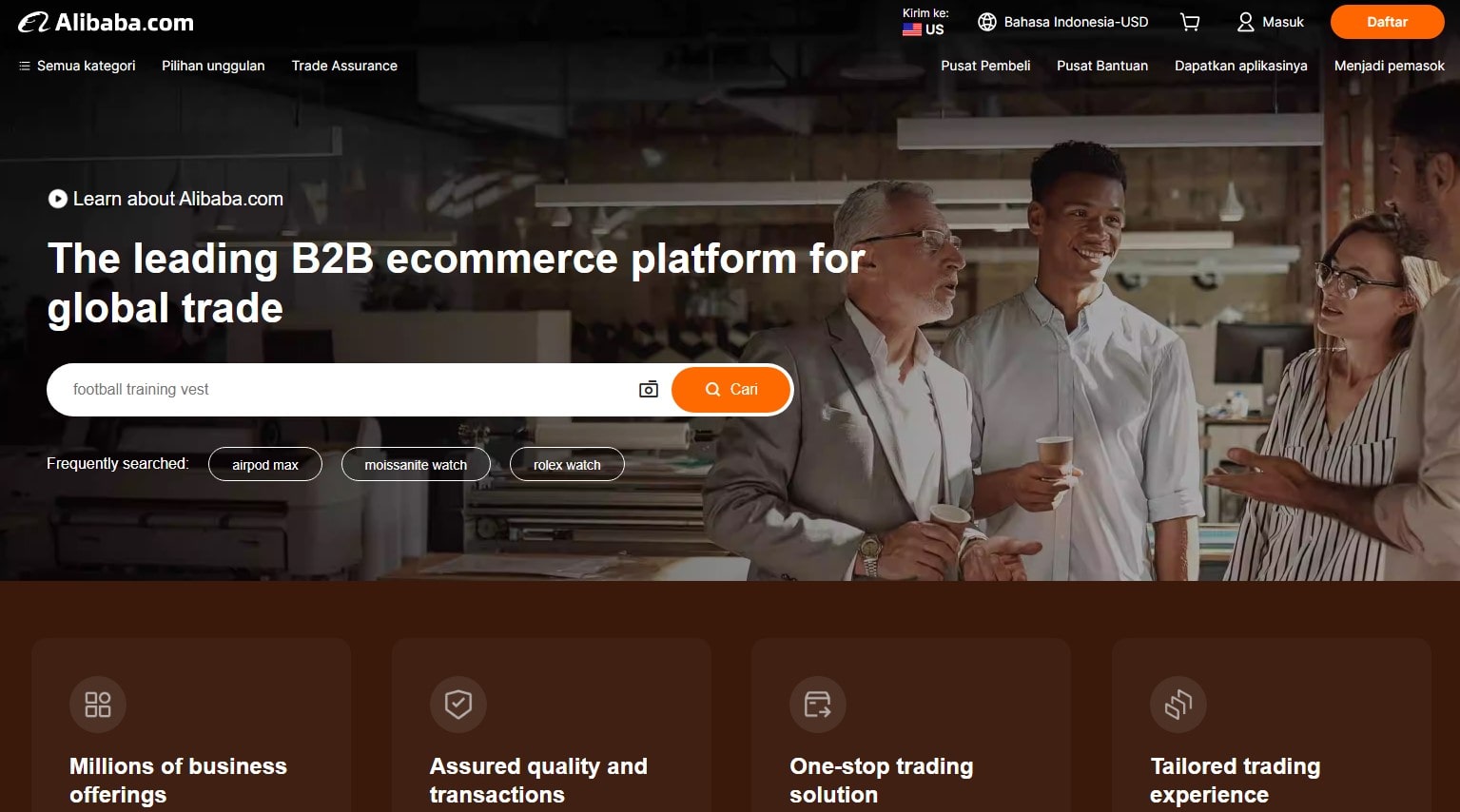
Alibaba is a complete ecosystem not only another ecommerce company. Companies swarm to it for B2B sales; customers search Tmall and Taobao; AliExpress ships devices all around. Alibaba dominates Asia’s ecommerce scene. Their proposed improvements in 2025? Un sane. Now tracking deliveries with terrifying accuracy, artificial intelligence-powered logistics halves delivery times. Small companies can also be part of the worldwide supply chain, shipping from a little store in Vietnam to Europe in few days. Alibaba’s ecommerce systems are thus rather potent. The company simply keeps expanding with around $150 billion income this year. Jack Ma might have stood aside, but the engine continues to scream.
3. Walmart
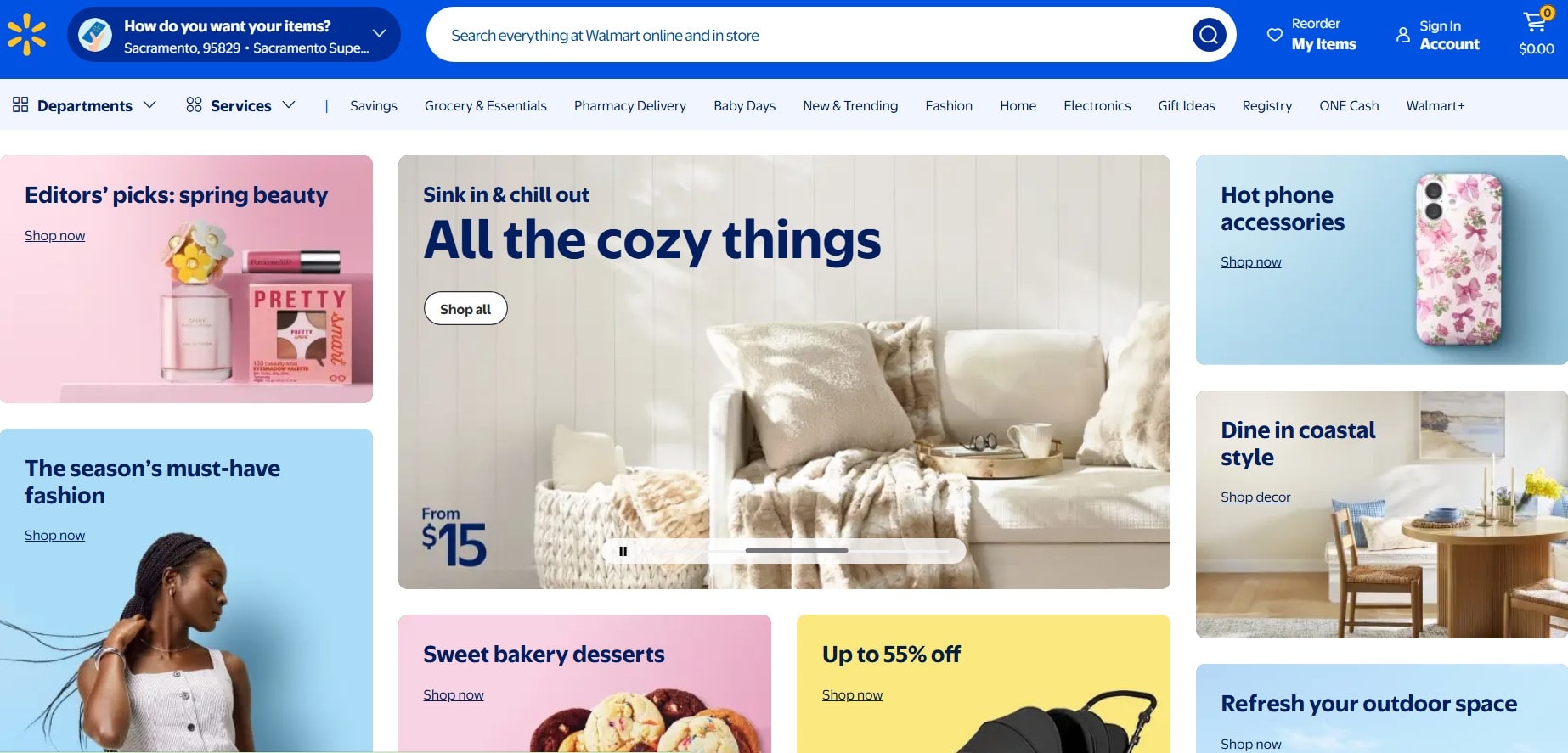
Walmart’s ecommerce company is explosive in 2025; it is not only about those huge stores now. food delivery? Get it by lunch; order first thing in morning. Discuss convenience! They even started a club contesting Prime, drawing millions of online buyers. Walmart Marketplace has exploded dramatically, enabling vendors to reach customers they never would have thought possible. And globally? Particularly in areas like Mexico and India, this ecommerce business is growing rapidly. Revenue this year is skyrocketing—over $600 billion! Walmart offers choices by combining modern ecommerce with classic retail: shop from your couch or in-store. Simple, quick, everywhere.
4. JD.com
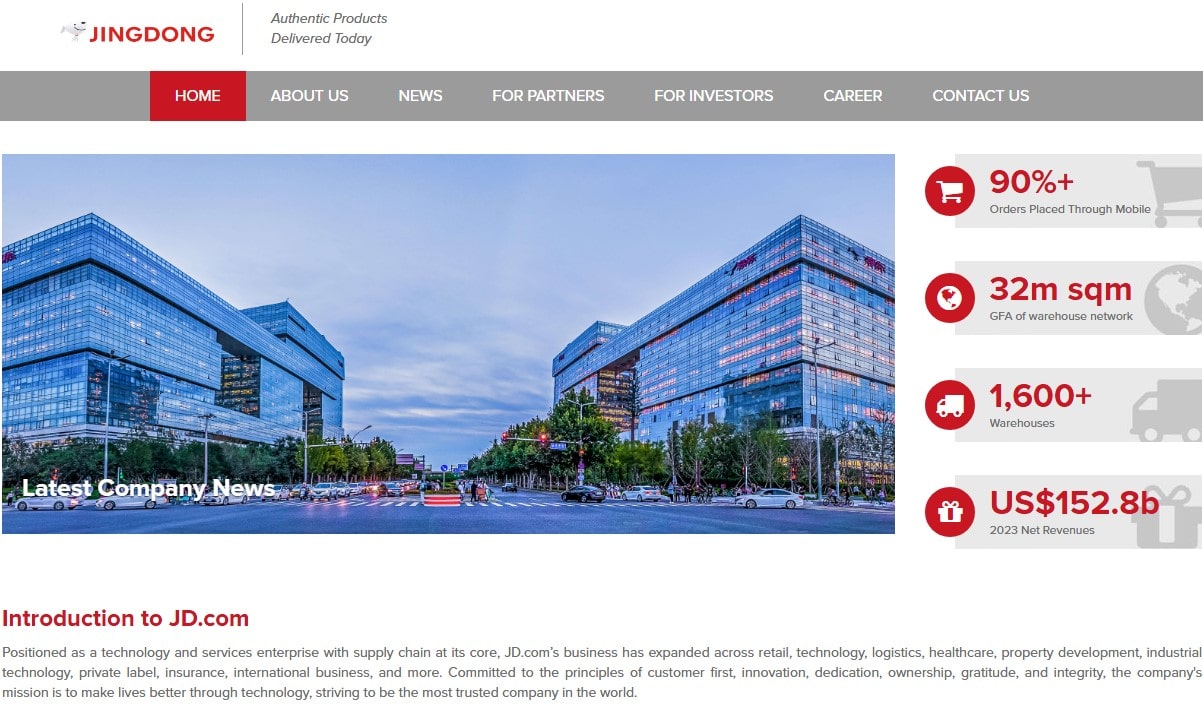
In the ecommerce space, JD.com is blazingly good. This company is more about speed than it is about merely sales. Same-day delivery Indeed, that is their style. JD.com elevated logistics to a whole different degree in 2025. They have drones transporting goods to far-off Chinese towns and AI-powered warehouses almost running themselves. Imagine freezing at home in a small town and then boom—your order shows up in the backyard! Their vast clientele moves anything from phones to groceries faster than you can blink, covering millions of people. With more than $130 billion in income, this ecommerce company understands how to keep customers content and devoted.
5. MercadoLibre
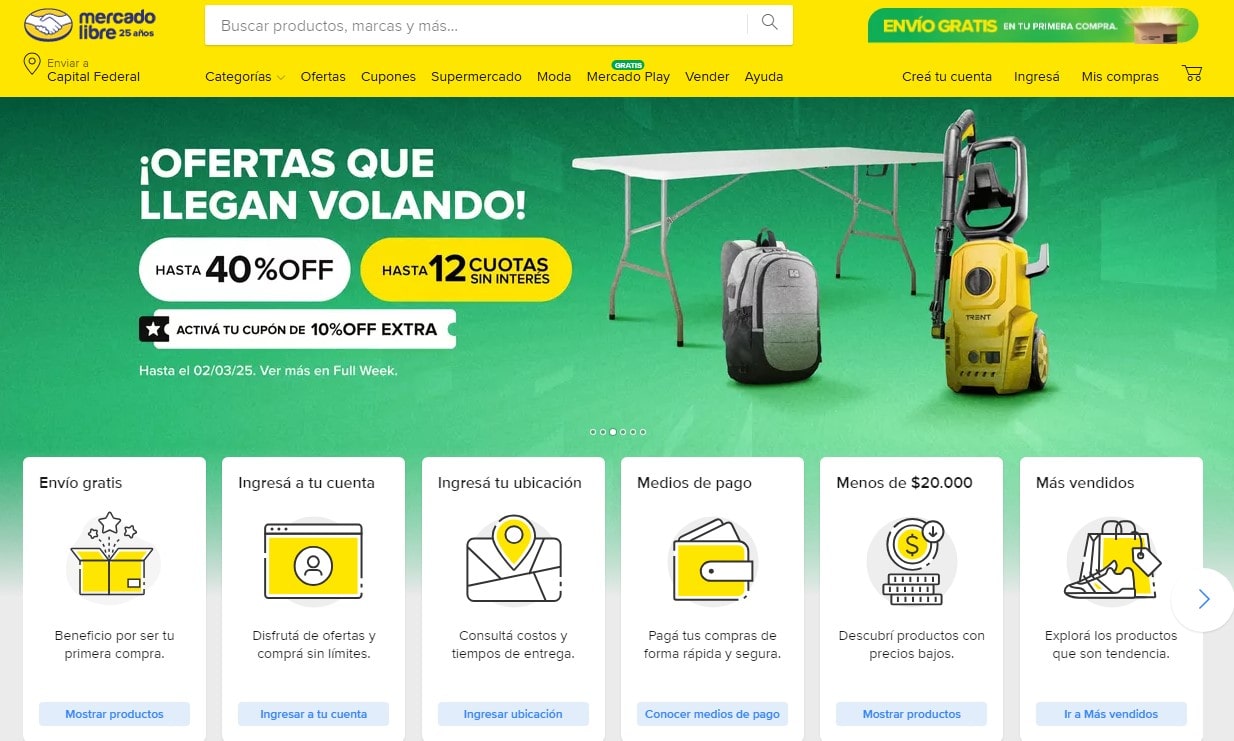
King of ecommerce in Latin America is MercadoLibre. This company figured out how to appeal to customers from Brazil to Argentina. People utilize their MercadoPago payment system even outside the platform since it makes purchasing goods quite simple. Big action by MercadoLibre in 2025? fixing delivery nightmares in rural communities. To manage huge distances and poor roads, they created an absolutely amazing logistical network. Faster access to far-off locations made possible by packets makes ecommerce more viable. Salary? more than ten billion dollars annually. Clearly, the company’s goal is to get goods to customers fast anywhere they live.
6. Shopify

Small firms looking to dominate the ecommerce landscape could find the perfect wingman in Shopify. You have a really great idea. This company lets you quickly sell it online. They were especially focused on company solutions in 2025, hence simplifying life for major companies as well. Their platform is loaded with tech goodies; analytics indicate what’s working while artificial intelligence technologies recommend what to sell. They also have improved their checkout system; customers hardly click twice before making a purchase. Store on Shopify? Over four million and still counting. Although the ecommerce market is crazy, one organization maintains it easy so that company owners could concentrate on their strongest suit—selling.
7. Rakuten
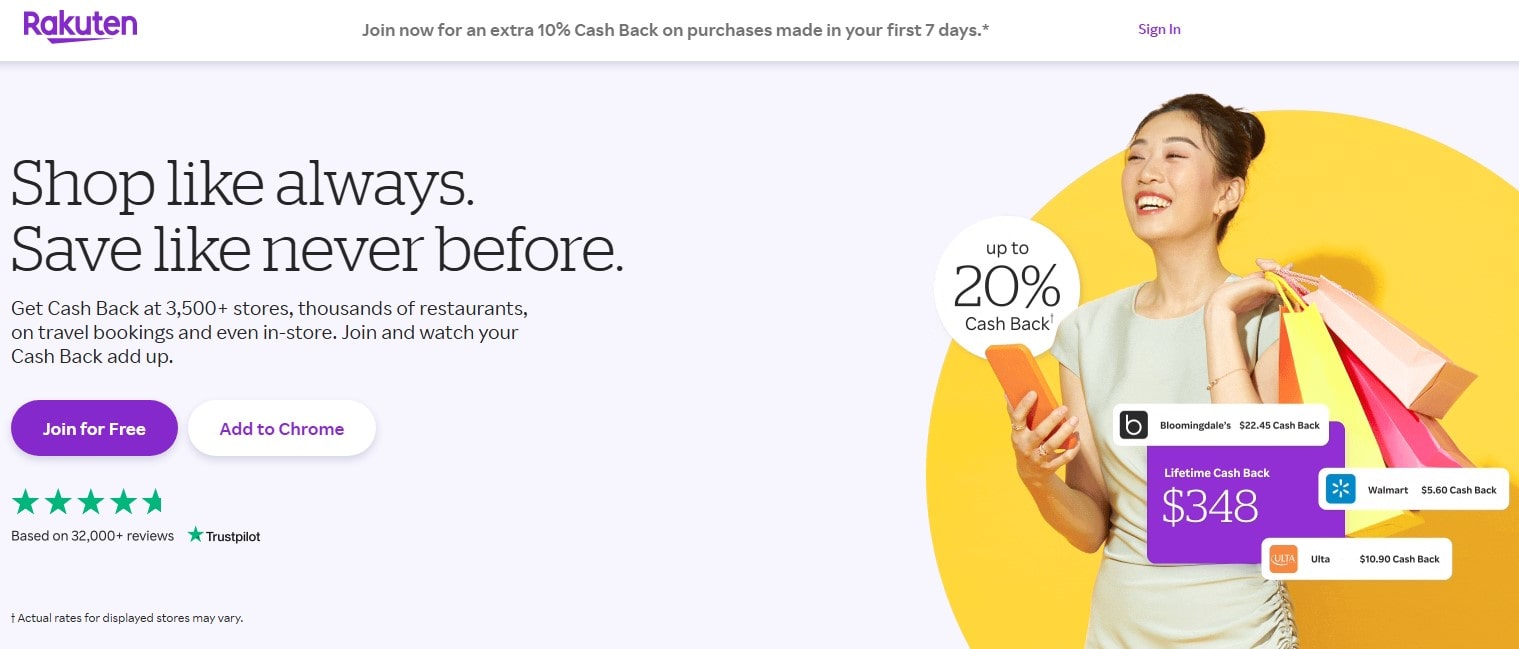
Rakuten is an ecosystem rather than only an ecommerce. On one platform they have digital content, online shopping, and even banking services crammed together. Their commitment program? It’s insane! Almost everything earns points for customers, which drives them back repeatedly. Rakuten is a household name in Japan, and they’re not stopping there—regional development is right ahead. The corporation pushed hard into Europe and Southeast Asia in 2025, acquiring millions of fresh customers. Their priorities are making ecommerce enjoyable and profitable, not only about pushing products. With almost $15 billion in yearly income, Rakuten demonstrates how combining shopping with incentives can win hearts.
8. Taobao
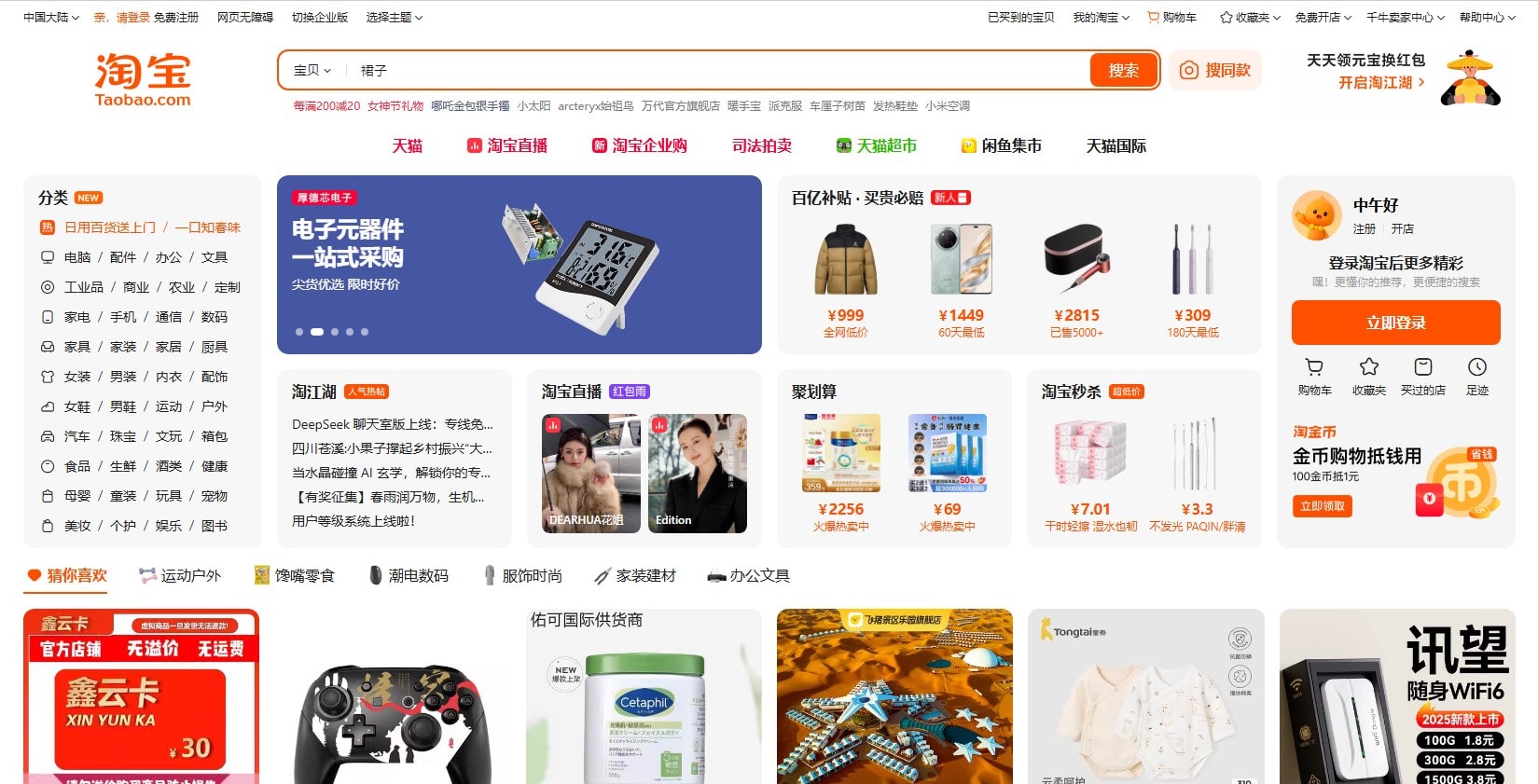
Taobao is a communal purchasing experience more than just an ecommerce tool. This company perfected the concept that customers enjoy browsing and talking while making purchases. Live-stream consumerism? great Taobao deal. Imagine seeing your preferred influencer flaunt clothing and then making fast purchases—millions of people do daily in China. Taobao included more community-driven elements in 2025 whereby users could submit shopping hauls, reviews, and advice. It’s like stocking your cart while hanging out with buddies. Owned by Alibaba, the site generates billions of dollars annually and is rather important in China’s customer industry. Not more interactive than this is ecommerce!
9. Tmall

Tmall is not only one more ecommerce tool. Here is where luxury meets ease of use. Part of Alibaba, this company specializes in B-2-C ecommerce and provides direct access to millions of Chinese customers for world companies. Names like Apple and Nike, big ones? They are all in. Tmall assures shoppers of real things, thus they trust it—no fakes here. Their 2025 drive into AR shopping is interesting. Imagine without leaving your couch trying on clothes or looking at how furniture appears in your room. Tmall is bringing something like that. Having more than 500 million active users, this massive ecommerce is adept in combining customer confidence, technology, and quality.
10. eBay
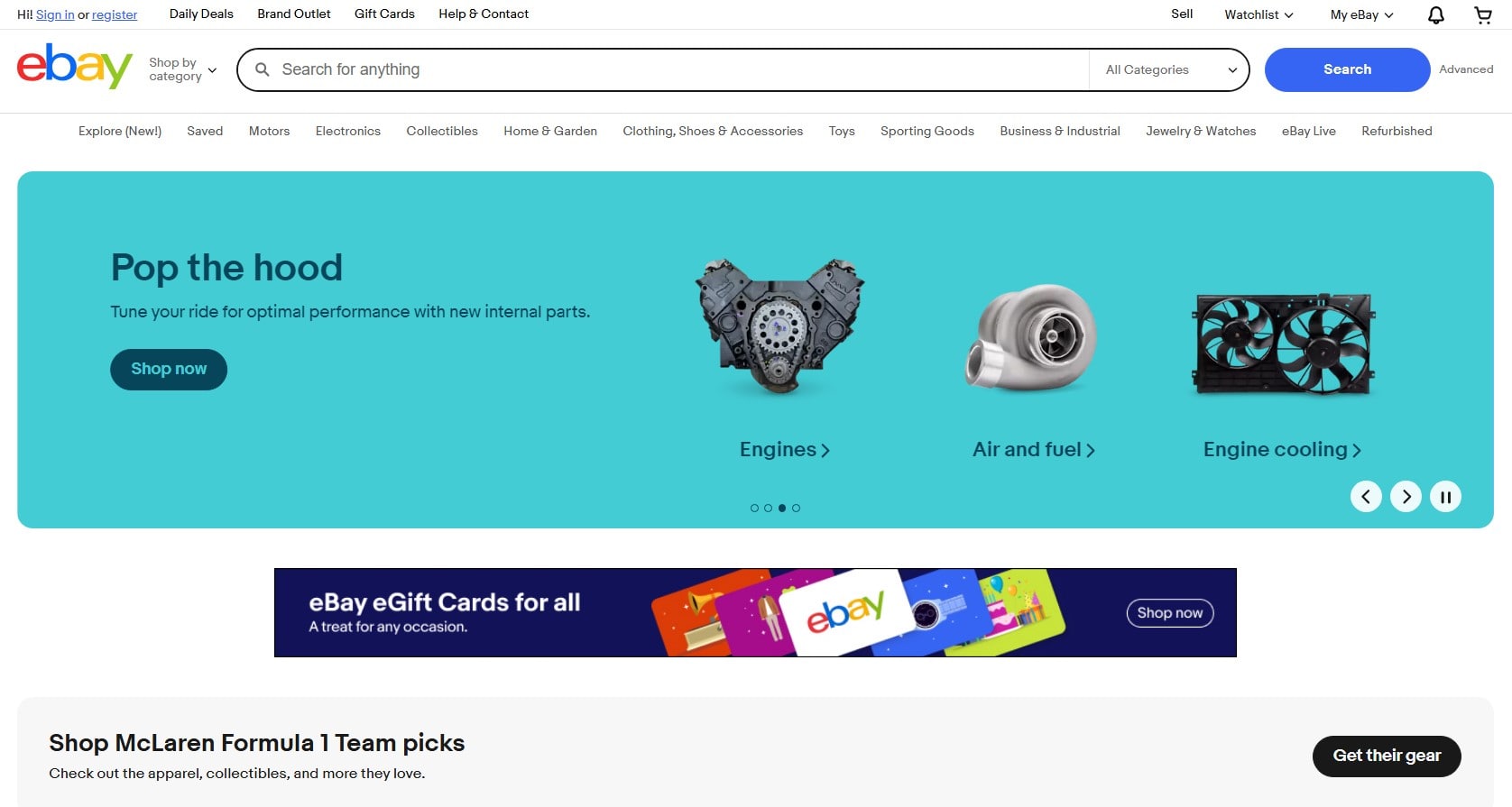
Another interesting path is eBay’s from auction site to ecommerce giant. In days past, bidding wars dominated. Right now? Most things sell at set rates. This change let eBay appeal to more customers who want speedy purchases. Still shining in collectibles—rare coins, vintage sneakers, you name it—the company is eBay heavily invested in worldwide logistics in 2025 to expedite deliveries, therefore facilitating cross-border shopping. Their emphasis on sustainability is also developing; they support reselling to cut waste; eBay is still a major ecommerce operator with millions of vendors globally where almost anything can be found.
11. Coupang

The ecommerce champion in South Korea is Coupang. Have you heard of “Rocket Distribution”? Order now; have it tomorrow, or even the same day. It’s insane quickly. To enable this, this company developed a large-scale logistics system With over 70% of sales coming from smartphones in 2025, Coupang’s mobile-first strategy was paying off. People enjoy doing mobile shopping! They are not, however, merely remaining local. Aiming to introduce their quickness and convenience to new markets, Coupang’s growing into Southeast Asia Their obvious dedication to customer satisfaction—fast shipping, simple returns, and reasonable prices help them to maintain ahead in the ecommerce competition.
12. Sea Limited (Shopee)
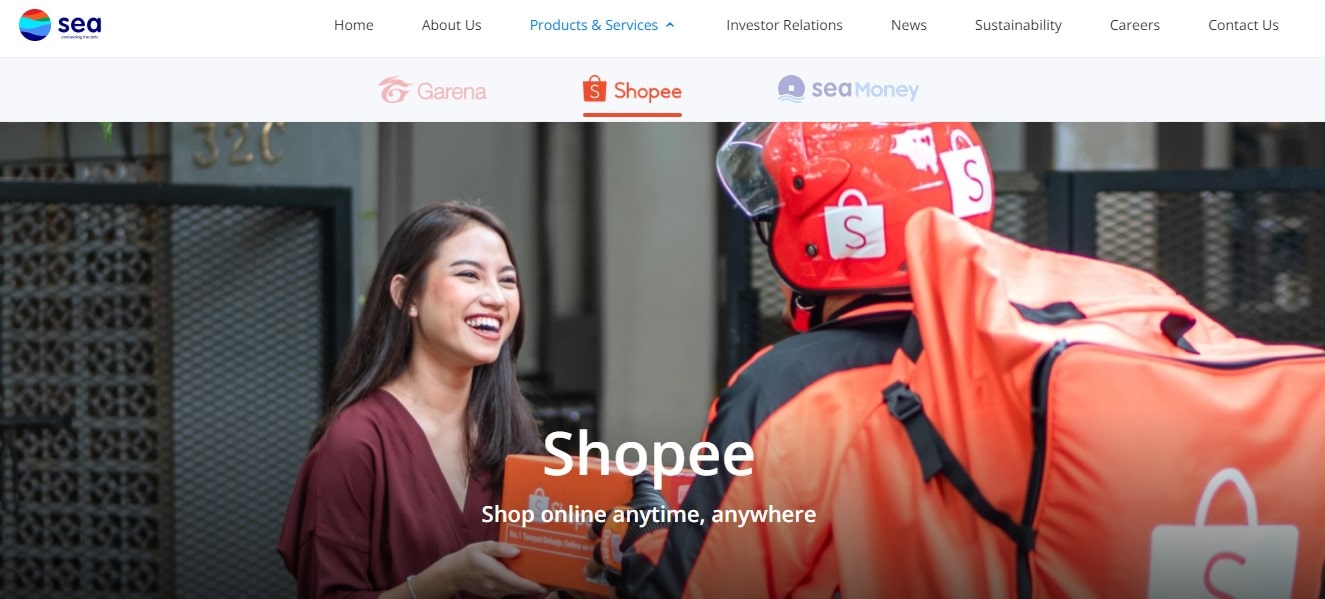
The ecommerce startup disrupting Southeast Asia, Shopee knows how to get attention. This corporation uses aggressive marketing; you have probably seen their advertising with Cristiano Ronaldo. It goes beyond only commercials as well. Since most people in the area buy on their phones, Shopee emphasizes being mobile-first, which works. The company does not end there; it integrates gaming into ecommerce with daily coin awards and “Shopee Shake.” It’s clever, addictive, and enjoyable. This ecommerce reached about three hundred million users by 2025. Strategy of Shopee? Support neighbourhood companies, maintain quick delivery, and transform shopping from a task into an experience.
13. Flipkart
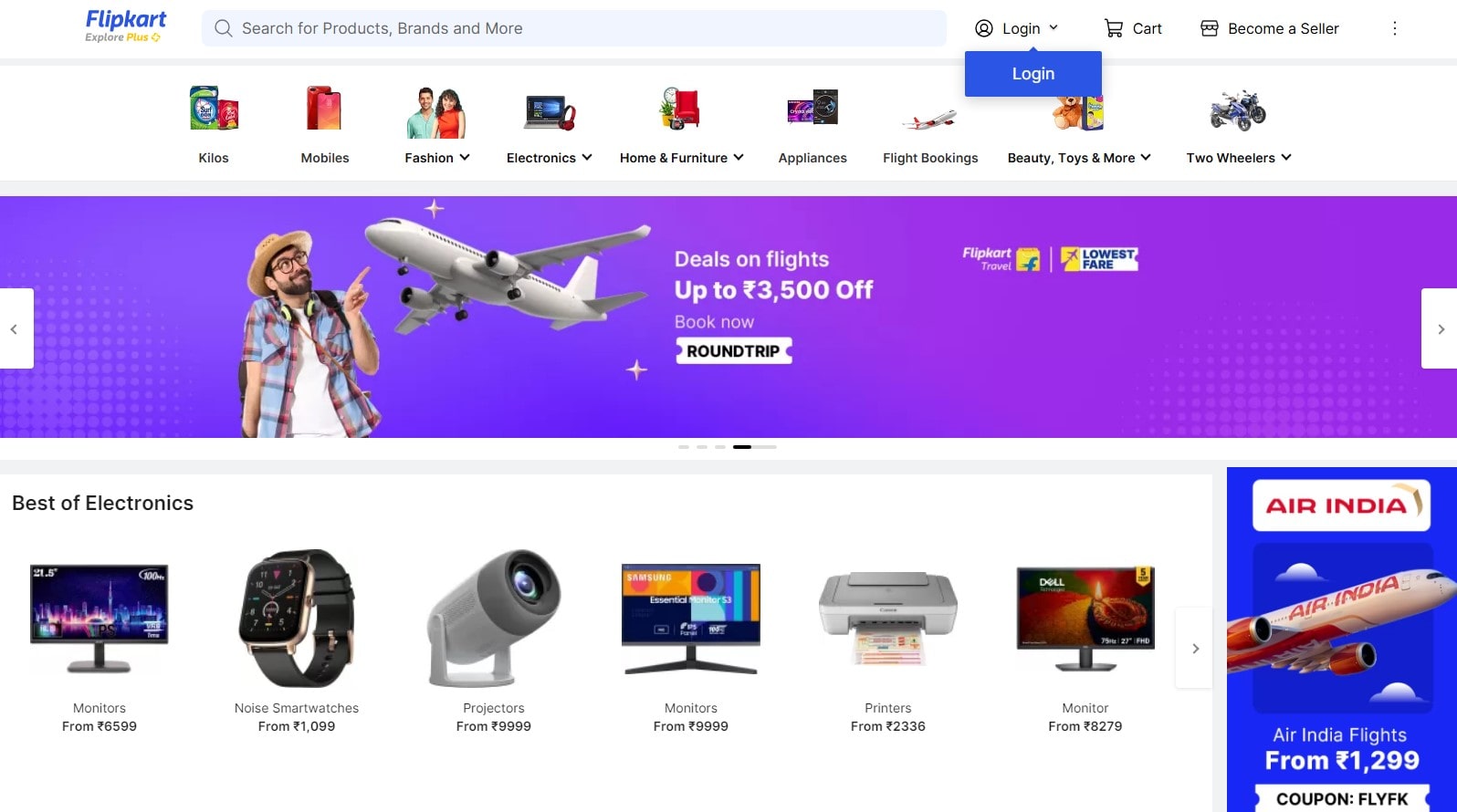
One ecommerce company ruling over India’s market is Flipkart. Although competing with Amazon is no joke, one company manages it with creative local techniques. Flipkart is aware of the needs of Indian customers: EMI choices, cash on delivery, and reasonably priced offers. To increase delivery speed and cover more ground in 2025, the company teamed with hundreds of neighborhood companies. Their Big Billion Days sale is well-known; it’s massive and millions of people score insane bargains. Flipkart also funds artificial intelligence, which makes product recommendations seem shockingly accurate. This ecommerce company, with around 400 million registered users, is the preferred one in India.
14. Pinduoduo
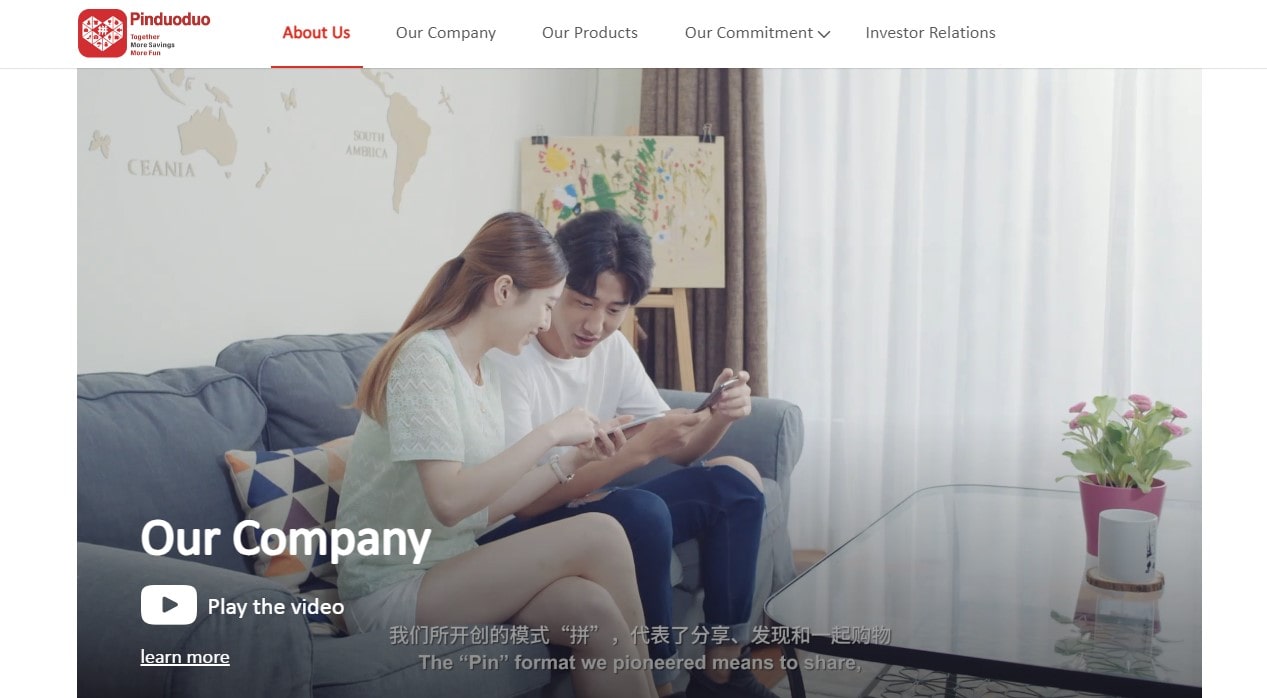
Pinduoduo is not like most ecommerce companies. With a social commerce twist, users join groups to get discounts, so transforming China’s retail sector. Making financial savings while shopping with friends? difficult to suppress. The company boasts more than 100 million daily active users by 2025. From electronics to fresh food, Pinduoduo specializes on reasonably priced goods. The company even facilitates farmers selling straight to customers, therefore eliminating intermediaries and driving down costs. Shopping here seems more like a game than a chore; flash offers, interactive tools, and group deals entice customers back. That’s ecommerce—fun, social, and addicting.
15. Target

One ecommerce company that understands how to combine online and offline buying without complicating matters is Target. No need to get out of the automobile; customers can quickly peruse items online, purchase, and pick them up curbside. Right, quite handy. Big data investments by this company enable tailored offers that inspire thought, “Wow, how did they know I needed that?” Target’s ecommerce sales in 2025 accounted for more than 60% from same-day delivery and curbside pickup systems. Combining digital technology with classic retail appeal, the company also strives to maintain that the shopping experience revolves mostly on physical storefronts.
16. Best Buy
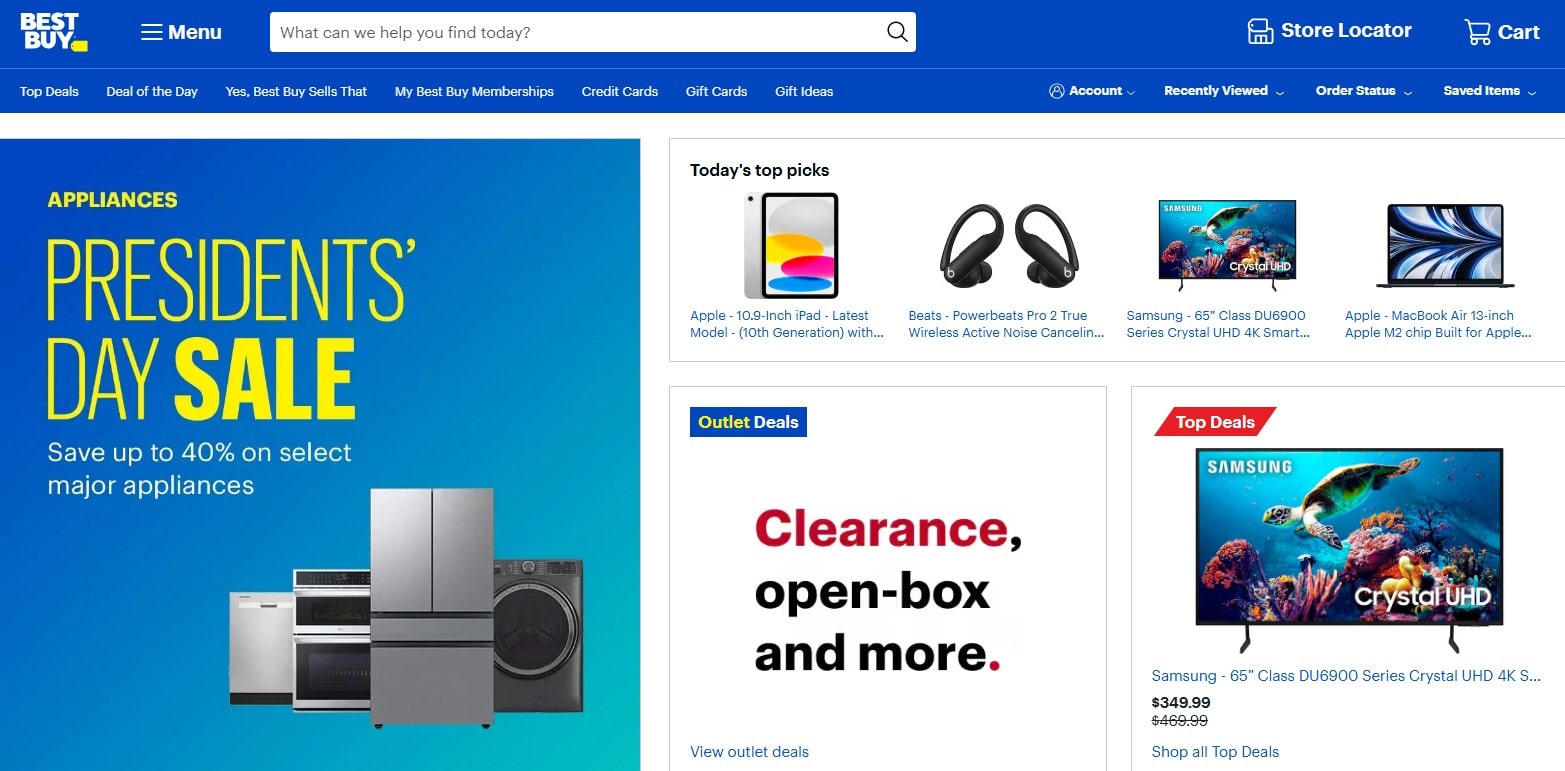
Originally about walking into stores, Best Buy made a significant move into ecommerce. And it worked. Customers are saving shipping time and costs by using their buy-online-pickup-in-store (BOPIS) alternative. Tech enthusiasts value the company’s ability to provide services beyond mere gadget sales—Geek Squad assists with setup, repairs, and recommendations. About half of Best Buy’s online orders in 2025 were via in-store pickups. Offering deals on everything from TVs to smart home appliances, the company emphasizes keeping ahead of trends. It is now a go-to tech hub rather than only a store.
17. Lazada

One big ecommerce company upsetting the balance in Southeast Asia is Lazada. Supported strongly by Alibaba, this company leverages cutting-edge technology to enable quick and seamless shopping. Delivery speed has changed greatly; many customers now receive their items in one day or two. Lazada has a worldwide ecommerce presence while concentrates on local markets. Customers are kept interesting via flash bargains, live-stream shopping, and local promos. The corporation boasted millions of active users in Malaysia, Thailand, and Indonesia by 2025. Lazada shows that ecommerce is about crafting a shopping experience customers like returning to, not only about selling.
18. Meituan

Meituan is a daily life assistant for millions of Chinese people, not only an ecommerce. You want food? It moves quickly—sometimes in less than thirty minutes. Require movie tickets or hotel reservations? The app of the corporation covered all. Meituan has a large ecosystem that combines local companies with ecommerce choices such grocery shopping or travel booking. Leading in this regard in 2025, meal delivery accounted for around seventy percent of its income. The company spends extensively in artificial intelligence to improve user recommendations and faster delivery. In large Chinese cities, people rely so much on the app that it is difficult to conceive a day without it.
19. Zomato

Originally only a meal delivery company, Zomato is today doing far more. Delivering basics in only ten minutes, this Indian ecommerce behemoth entered grocery and rapid commerce. That’s unbelievable. Among their audacious actions are millions of dollar investments in last-mile delivery technologies and storage. About 45% of its overall sales in 2025 came from sources outside only meal delivery. Working with environmentally friendly packaging, the organization also pays sustainability top attention. Zomato’s foray into ecommerce demonstrates how quickly and stylishly companies must change to fit what customers truly demand.
20. Vipshop

Chinese ecommerce company Vipshop is well-known for running flash deals featuring discounted branded goods. Customers swarm in for limited-time offers; honestly, it’s very exciting. Over 80 million active customers visit here on a regular basis; this approach works. During significant sales events in 2025, the company’s revenues shot skyward and brought in billions of dollars. Vipshop gives customers large savings by concentrating on branded fashion, cosmetics, and house goods. Constant fresh offers and simple app navigation on the company’s ecommerce platform hooks users. If you enjoy a bargain, Vipshop is like a treasure quest that pays off constantly.
Ultimately
With wild invention and technology, these companies are redefining ecommerce. Each of Amazon’s drone deliveries, Shopee’s mobile-first emphasis, and Vipshop’s flash discounts captures customer attention in different ways. It’s mostly about moving quickly and knowing what people need. While keeping ahead in 2025 is difficult, these ecommerce behemoths show that flexibility is absolutely essential. Demand from customers rises, trends change, and rivalry gets crazy. Those businesses winning are those who embrace risks, apply technology wisely, and pay close attention to their clients. The direction forward? Quick, customer-oriented, and bursting with surprises. Prepare yourself.
